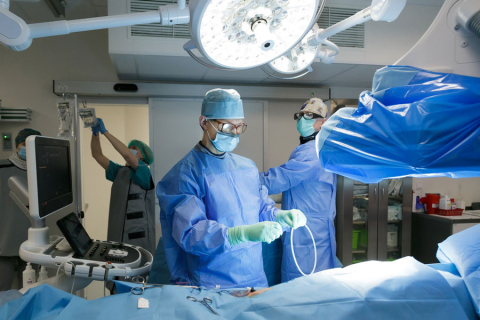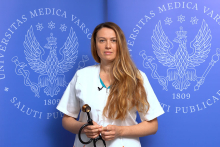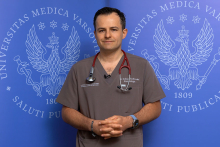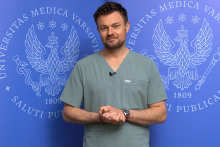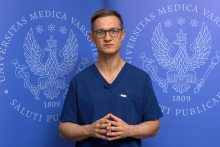Renata Główczyńska, MD, PhD:
When it comes to cardiac testing, we certainly have much more than just ECGs available today. Echocardiography is of wide importance. Including advanced echocardiography, three-dimensional echocardiography with analysis of additional parameters, also transesophageal echocardiography - for accurate analysis and qualification of patients for structural procedures. From the field of non-invasive cardiology, it is worth mentioning exercise testing, capacity testing, ergospirometry - which allows to objectify the patient's symptoms especially during exercise. We also have electrocardiographic diagnostics - that is, prolonged monitoring of the heart with an ECG. Additional tools allow us to evaluate cardiac recordings even over a longer period of time, or on so-called demand. Imaging diagnostics has developed a lot - starting with the aforementioned echocardiography to cardiac magnetic resonance imaging, computed tomography of the coronary vessels, the aorta or the heart itself. Also important in cardiac diagnostics is nuclear medicine - that is, cardiac scintigraphy.
Łukasz Kołtowski, MD, PhD
We have absolute innovations within the treatment of coronary artery disease - that is, modifications of calcifications. Methods such as lithotripsy, orbital atherectomies, new types of stents, new types of methods of dilating stenosis. Imaging during angioplasty is also innovative. This imaging increases the safety of the procedure, and reduces complications and mortality.
We are also using new methods to treat valve defects, these are called structural defects. Today in Poland, we are increasingly treating the aortic valve, mitral valve, tricuspid valve without cutting open the chest. From small accesses, from vascular access, we implant new valves - as in the case of the aortic valve. In the case of the tricuspid valve, the mitral valve, we have repair procedures in which a small clip brings the valve leaflets closer together and reduces regurgitation.
Prof. Paweł Balsam
In terms of treating cardiac arrhythmias, such as atrial fibrillation or accessory contractions, we now have ablation procedures available, which have advanced greatly in recent times. There are special systems for three-dimensional imaging, so that we know exactly the anatomy of the heart muscle when we want to perform the procedure. As a result, the effectiveness of these procedures has increased significantly. In the case of atrial fibrillation, up to 90 percent of patients after ablation - have no symptoms and function normally. With other arrhythmias such as ventricular arrhythmias, tachycardia, accessory contractions - the effectiveness of the procedures reaches up to 96-97 percent.
Prof. Marcin Grabowski, Head of the Department
An important innovation that we are currently using is telecardiology. This involves monitoring patients with heart rhythm disturbances, with heart failure, who are chronically ill and stay at home, remotely. This allows us to assess: rhythm disturbances, the sign of pulmonary edema, the risk of exacerbation of heart failure. We also check basic parameters, such as what the patient's physical activity is, and whether and in what position the patient sleeps. With all this data, the risk of heart failure exacerbation can be predicted. If necessary, we intervene, for instance, by connecting with the patient by phone. We can intensify treatment remotely and make the patient avoid hospitalization.
For patients, the new methods primarily mean greater comfort, greater safety as well as comparable, and sometimes even greater effectiveness. This is especially true for "non-surgical" patients for whom traditional cardiac surgery cannot be used.
